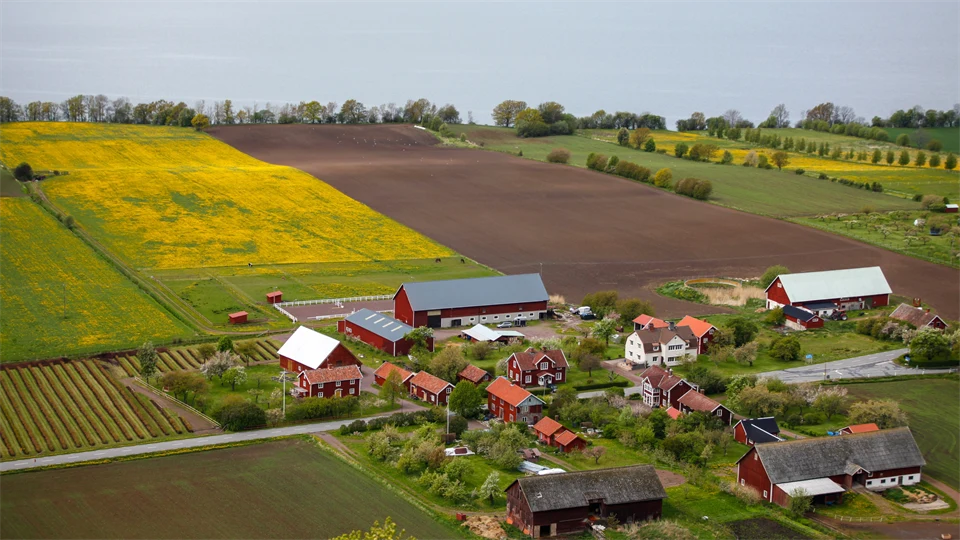Workshop: How do rural settlements contribute to sustainability?
Workshop to share good examples! Rural settlements are often multifunctional. It is important not only as a home but also for cultural heritage, social meeting places, services, sources of income or other economic assets, among other things.
Rural areas are under environmental, social, cultural and economic pressure, while it is becoming clear that the built environment can be a resource for meeting different kinds of sustainability challenges.
Workshop
The project now invites to a digital workshop where participants can share their own examples and be inspired by others. The examples will show how to reduce negative impacts, increase positive impacts for sustainable development, and/or reduce the risk of being affected by sustainability challenges and their magnitude.
The workshop begins with a short presentation by timber craftsman Isak Stålenhag, who gives some examples of measures that contribute to buildings being long-term, resilient and culturally valuable.
When?
Friday 5 January 2024 at 10:30-12:00
Where?
Digitally via Zoom
Who is it for?
You who have your own examples from rural areas of buildings that contribute to meeting sustainability challenges. Particularly welcome are self-employed and small business owners in green industries who have adapted buildings that are used as housing and/or in the business. Members of village associations, non-profit organisations, economic associations, Sami villages or similar are also welcome if they have (adapted) buildings with their association that contribute to meeting sustainability challenges.
What kind of sustainability challenges?
Environmental (e.g. extreme weather, energy use, energy sources, toxic substances, biodiversity, acidification, climate change, water use, transport), economic (both private and corporate, such as (climate) risks and costs), social and cultural (e.g. social exclusion, demographic trends, generational challenges).
What kind of buildings or adaptations?
Converted or new residential buildings, ancillary buildings, farm buildings, commercial premises and combinations thereof. Energy solutions, irrigation solutions, meeting places, collective solutions, increased opportunities for local income, job opportunities, rehabilitation, services, building conservation, cultural heritage, cultural offerings, new forms of housing and measures that contribute to risk reduction, risk diversification, cost reduction and revenue increase. Both innovative solutions and traditional craftsmanship are interesting to highlight!
We look forward to receiving your registration
Email lovisa.hogberg@miun.se to get a meeting link and more information.
Research project
At Mid Sweden University, a research project funded by the Royal Swedish Academy of Agriculture and Forestry, KSLA, is underway, where the settlement in rural areas will be highlighted through good examples. The aim is to share sustainable adaptations of buildings to spread knowledge and inspiration to both other rural residents and residents in more urban environments. The buildings and adaptations in question may include, for example, upgraded residential buildings, converted farm buildings or empty premises that have been repurposed or expanded.
